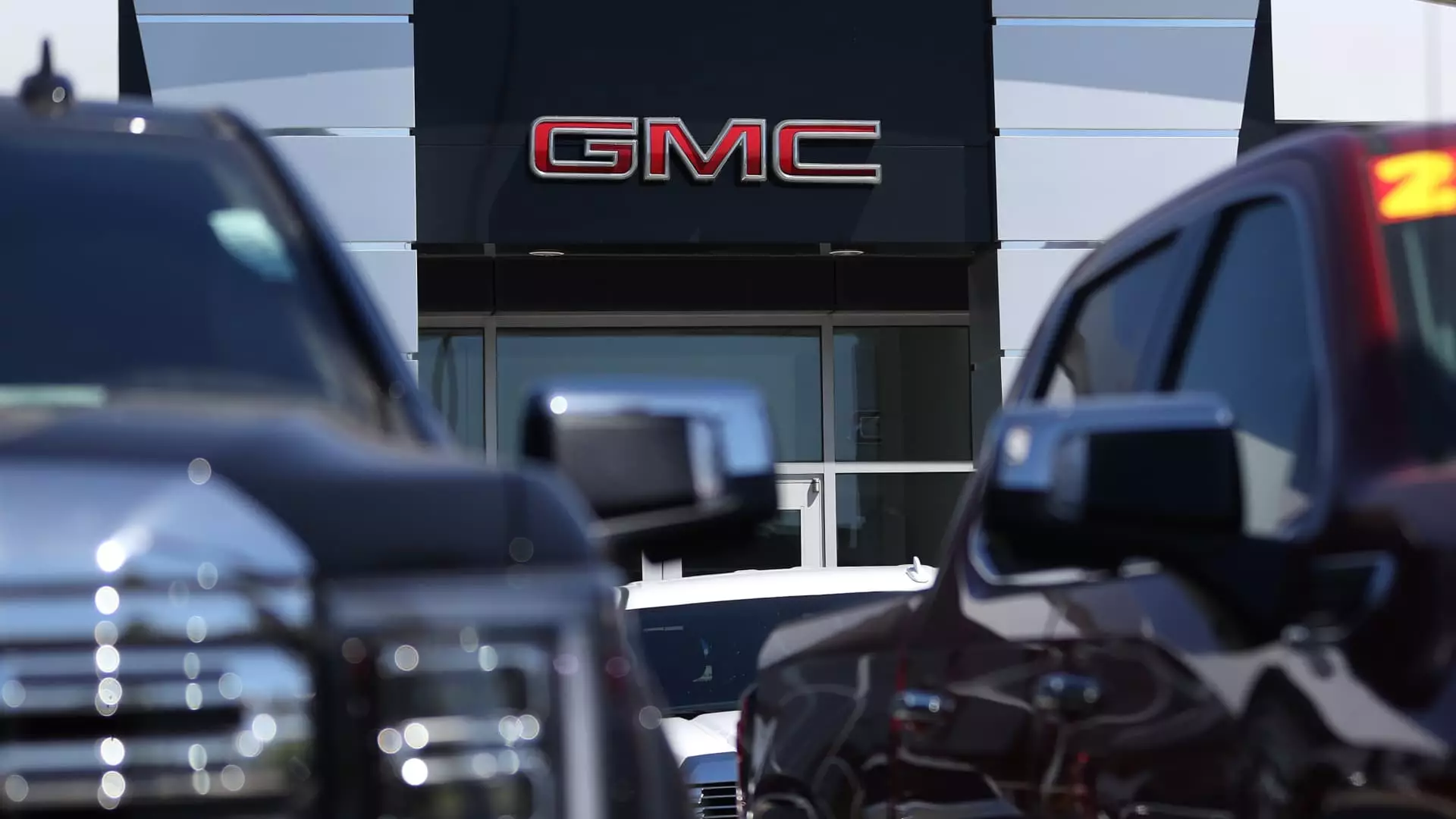In a recent investor day presentation, General Motors (GM) laid out its expectations for the financial landscape heading into 2025. CFO Paul Jacobson indicated that the company anticipates its adjusted earnings for 2025 to align closely with the estimates for this year. For 2024, GM has set its sights on adjusted earnings before interest and taxes (EBIT) in the range of $13 billion to $15 billion, which translates to earnings per share (EPS) of approximately $9.50 to $10.50. This projection marks an increase from the earlier guidance of $12.5 billion to $14.5 billion or $9 to $10 per share. Such an upward revision is commendable; however, it faces significant external pressures.
The automotive market has shown signs of slowing, with consumer spending trends appearing more tentative. Analysts predict that 2025 could present formidable challenges for many in the auto industry, GM included. While Jacobson chose not to divulge precise financial targets for 2025—promising detailed guidance early next year—what remains evident is that achieving the projected earnings within a contracting market hinges on several strategic initiatives.
Email Summary: Electric Vehicles as a Growth Catalyst
A key focus of GM’s earnings strategy revolves around electric vehicles (EVs). Jacobson highlighted that the company’s anticipated earnings for 2025 will benefit from an increase of $2 billion to $4 billion attributed to better performance in the EV sector. GM’s commitment to enhancing its EV offerings is palpable, with plans to introduce eight new models that promise significantly improved EBIT margins, outperforming previous counterparts by nine points. The narrative of the EV market is increasingly being positioned as a primary driver for profitability, especially as the traditional automotive arena sees stagnant sales.
It’s also noteworthy that GM has managed to significantly reduce the variable profit margins associated with its EVs, demonstrating a reduction of over 30 points year-on-year through the third quarter of this year. This operational efficiency is crucial in setting the groundwork for long-term sustainability and growth.
Looking beyond revenues, GM’s capital expenditure for 2024 is set to remain consistent, with estimates between $10.5 billion and $11.5 billion. Such stable investment demonstrates a commitment to maintaining its manufacturing capacities and research avenues, particularly for electric vehicles and advancing technology. Jacobson reassured stakeholders that the reductions in fixed costs—down by $2 billion over the last two years—will further cushion the company against unforeseen market fluctuations. These efforts reflect GM’s strategic pivot in cost management, a necessity in a period characterized by economic uncertainty.
Still, GM’s trajectory is not solely reliant on the success of electric vehicles. The traditional combustion engine market remains a viable revenue stream, particularly as the demand for personal transport continues. Jacobson affirmed that profits from gasoline-powered vehicles are also expected to play an essential role in bolstering overall earnings.
Despite the initial optimism surrounding GM’s projections, it is essential to consider market sentiment. After the investor day announcement, GM’s shares closed slightly up at $46.01, maintaining a year-to-date increase of around 28%. However, recent downgrades and adjusted price targets from Wall Street analysts have started to weigh on investor confidence. The automotive giant faces a dual challenge of managing immediate profitability while transitioning to an EV-centric model—a transformation that involves significant capital outlay and shifts in consumer perception.
General Motors is at a critical juncture wherein its future growth hinges on strategic execution and adaptability. While the projections for 2024 and 2025 indicate a commitment to increased earnings and operational efficiency, the realities of a challenging market landscape introduce uncertainties. As the automotive industry continues to evolve, GM’s ability to navigate these complexities will ultimately define its success in a rapidly changing global market.

